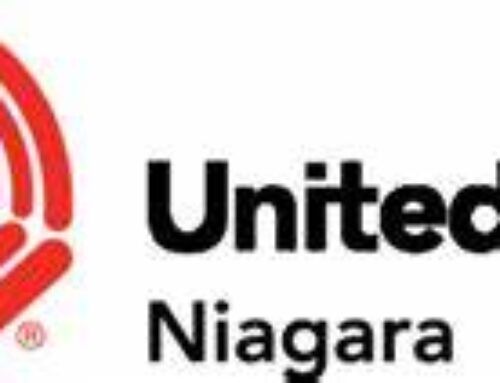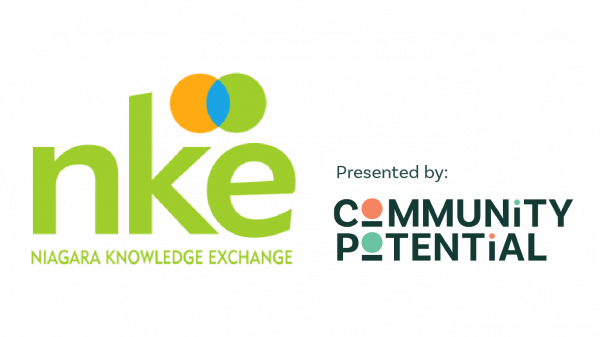In this second blog in a 4-part series, I will delve a little deeper into effectively asking questions and gathering components to create a strategic plan.
“You see, so many out-of-the-way things had happened lately, that Alice had begun to think that very few things indeed were really impossible.”
Alice in Wonderland was published in 1865. English charity organizations, our predecessors, were well established by the mid 1800’s. The English Charity Organization Societies in England had a deep commitment to the community and an understanding of their purpose. Our own local charitable organizations have the opportunity to continue within similar parameters, or risk losing perspective. An effective strategic plan communicates an organization’s identity, and describes how the organization will remain committed to the community.
There are many possible approaches to determining your organization’s identity, or who you are as an organization. I was recently part of an open forum strategic planning process where a large group of participants, including clients, staff and outside agencies, organically answered the “Who are we?” question through free-flowing exchange. Other agencies may prefer a more systematic process for determining the answer to that question. Nevertheless, it is an important question to answer, as it sets the course for the organization’s future activities.
Who you are as an organization should be reflected in your mission, vision and values statements. The mission statement is an all-encompassing, timeless expression of your purpose and your future; the sine qua non of why you exist. The vision statement is a short statement of what you will look like in a few years. Values statements reinforce your identity through your daily activities. These statements are changed infrequently, and are constantly evaluated against your organization’s reality. Mission, vision and value statements are your anchor points. They unleash your potential, and keep you grounded and out of the rabbit hole of mandate drift.
Reflecting your organization’s identity in your strategic plan is necessary, and it is not enough. In a Forbes blog, on 10 reasons Why Strategic Plans Fail “the strategic plan is not done right” is listed as the number one reason for failure.
What is right?
In its simplest form, the strategic plan has three legs, or key components:
- Broad goals or strategic focus areas for your organization to achieve
- Strategies that help your organization achieve its goals
- Ways to measure progress toward your goals
In an effective strategic plan, the level of specificity increases as you drill down and activate or operationalize the strategic plan. If any of the three legs are missing, your strategic plan will fall over.
One great example of a local strategic plan is from YMCA Niagara (YMCA Niagara Strategic Plan 2016-2019). Their plan incorporates the three legs of a plan as follows:
- Broad goals or strategic focus areas
The YMCA identifies specific goals or strategic focus areas; by limiting themselves to three particular goals they will be able to maintain focus. One goal is to deepen their impact.
- Strategies to help achieve those goals
To help achieve their goal of deepening their impact, YMCA Niagara identifies that they will provide “Outreach and improve service delivery to vulnerable and at-risk communities including individuals facing financial barriers, recent immigrants, youth and those experiencing social isolation.” Including these types of specific strategies that align with their goals helps communicate what they are trying to accomplish, and paints a clear picture about how they will get there.
- Ways to measure progress
Finally, YMCA Niagara adds another layer of specificity by identifying how they will know they have achieved their goal of deepening their impact: “Support over 10,000 people annually in gaining a sense of belonging through the offer of financial assistance, so they can benefit from YMCA experiences.” This end product and its relationship to the broader goal is clearly understandable, and most importantly observable and countable.
An agency as sophisticated as the YMCA Niagara does not end its strategizing with the document on the shelf, and neither should you. Your board of directors must have a way to continuously evaluate the environment and make changes as necessary to the strategic plan. Otherwise, you can be left behind as your environment changes. A good strategic plan is prescriptive and never restrictive.
In my next blog in this series, “Where Would We Like to Be?”, I will explore some of the questions you need to ask yourself, regarding change in your organization. If you have insights or questions about strategic planning that you would like to share, please do not hesitate to reach out.
George Kurzawa
Executive Director
Canadian Mental Health Association, Niagara Branch
gkurzawa@cmhaniagara.ca
Previous Blogs in this Series:
- Through the Looking Glass: What is Strategic Planning? (Part 1)
- Strategic Thinking: Where Would We Like to Be? (Part 3)
- Curiosity and Continuous Strategic Thinking: Essential Elements for Agency Survival (Part 4)
For additional information and support please visit the Niagara Community Foundation’s Centre of Excellence in Non Profit Governance






